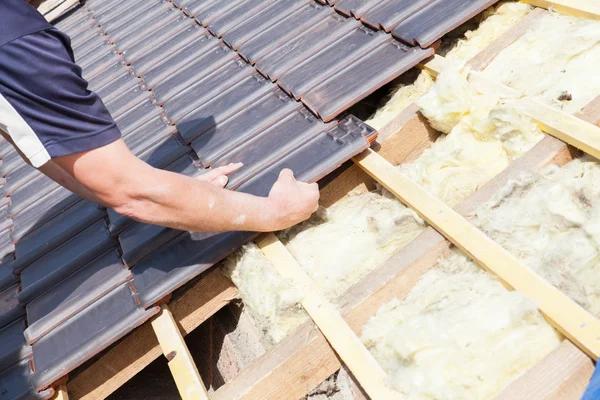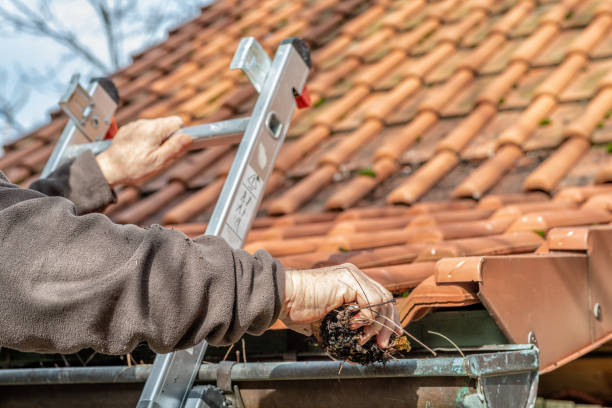Apple’s iPad (A16) might not be a revolution, but it’s undeniably refined. Over the years, Apple has perfected the ‘new-but-familiar’ formula. The iPad (A16) fits squarely into that pattern, delivering cutting-edge performance wrapped up in a design you already know. But after several iterations, there’s a question that Apple keeps asking us to answer: How much more tablet do we actually need?
This year’s upgrades are anchored by the A16 Bionic chip, some thoughtful design tweaks, and solid improvements where it counts. But as good as the iPad (A16) is, it also raises a critical question about the state of Apple’s tablet strategy and how third-party accessories like those from Campad Electronics can fill important gaps.
The A16 Bionic and the Overpowered Tablet
Right out of the gate, the A16 Bionic flexes. This is the same chip powering Apple’s latest iPhones, and its presence here means the iPad (A16) has no shortage of power. Apps load in the blink of an eye, multitasking is flawless, and even resource-heavy workflows like 4K video editing barely nudge the needle. It’s the performance you’d expect from a desktop-class processor.
But here’s the thing. Outside of professional workflows and maybe some hardcore gaming, the A16 often feels like overkill. Most iPad users aren’t crunching data in Final Cut Pro or rendering 3D assets in Blender. They’re streaming Netflix, playing casual games, and scrolling Instagram. This disparity makes the raw power of the A16 exciting in theory but, for most consumers, unremarkable in practice. Apple is future-proofing their hardware (as they often do), but for the present, it’s like giving a Formula 1 engine to a commuter car.
Of course, that means this iPad will age like fine wine. Even five years down the road—when iPadOS is doing even more complex things—we can expect this device to hold up. Longevity has always been the name of the game for Apple, and it’s a strategy that continues to work.
The Camera Is Finally Where It Should Be
Finally, Apple has moved the front-facing camera to the long edge of the iPad. It’s such a small change, but it makes a massive difference for anyone who uses the iPad for video calls or Zoom meetings. Holding the iPad in landscape mode no longer feels awkward, and you don’t look like you’re gazing off to the side during calls.
This change also ties into a larger story Apple is pushing about the iPad being a serious tool for hybrid work. Sure, it can handle your photography edits, spreadsheets, and even some light coding. But the true test of ‘work’ on the iPad always comes back to the compromise that is iPadOS. Despite Stage Manager, split-screen betterment, and more keyboard shortcuts, it still feels like Apple’s holding back just enough to protect MacBooks from being cannibalized.
Displays and Design That Are… Fine
The iPad (A16) stays true to the same fundamental design Apple’s been offering for years. The 10.9-inch Liquid Retina display is beautiful, colours pop, and the 120Hz ProMotion refresh rate ensures silky-smooth scrolling. But why are we still working with these bezels? The iPad’s design feels increasingly behind the curve, especially compared to competitor tablets that have embraced thinner borders and sleeker builds.
It’s not like Apple’s design language is bad—but it’s definitely safe. The aluminum body is premium and sturdy, yes, but the lack of visible innovation feels almost stagnant. Put this side-by-side with last year’s iPad, and you’ll struggle to tell them apart.
Where Apple doesn’t compromise, thankfully, is in build quality. But that also means the iPad (A16) desperately needs protection. This brings us to one of the most practical ways to squeeze value out of your purchase.
Campad Electronics to the Rescue
Without question, you need a case for this iPad. With its slim and beautiful build comes fragility and Campad Electronics offers a selection of cases that enhance usability while prioritizing protection.
Heavy-Duty Heroes
If you live dangerously or have kids (same thing, really), the OtterBox Defender Series is a must. It’s rugged, features drop protection from multiple angles, and has a built-in stand that’s surprisingly handy for video watching or work sessions.
Another noteworthy option is the UAG Metropolis SE. It blends heavy-duty protection with travel-friendly design. It’s not as bulky as the Defender, but it still includes military-grade drop protection and includes a folio cover.
Stylish and Slim
The OtterBox Symmetry Series 360 Elite perfectly complements the iPad’s minimalist aesthetic while adding solid screen and corner protection. It’s lightweight but protective enough for daily use, and the translucent back allows Apple fans to show off their device’s design.
A personal favorite is the UAG Essential Armor Folio, which strikes an ideal balance between sleekness and utility. It’s slim enough to maintain the iPad’s portability but durable enough to fend off wear and tear. Plus, the integrated Pencil slot is a thoughtful touch that syncs well with Apple’s ecosystem goals.
If aesthetics matter more to you, Campad Electronics also offers customizable cases in leather and patterned designs that allow for a more personal touch.
Where Does the iPad (A16) Fit?
Apple’s iPad (A16) almost feels like a victim of its own success. It’s phenomenal at what it does, but its audience feels increasingly niche. If you’re upgrading from an older model, this is a worthy buy that’ll serve you well for years. But if you’ve already got a recent iPad Air or Pro, the improvements might not be dramatic enough to justify the price.
For casual users, this could be the perfect media machine or a great device for light productivity. Pair it with the right case, like those from Campad Electronics, and you’ve got a sturdy, lasting tablet that makes multitasking a breeze.
The iPad (A16) succeeds where Apple always does, with smooth execution, integrated services, and refinement. But it’s hard to shake the feeling that Apple is running out of surprises for this lineup. It’s the best iPad yet… but it’s also still just an iPad. If that’s what you need, you’ll love it. If not, well, maybe wait and see what Apple thinks of next.











